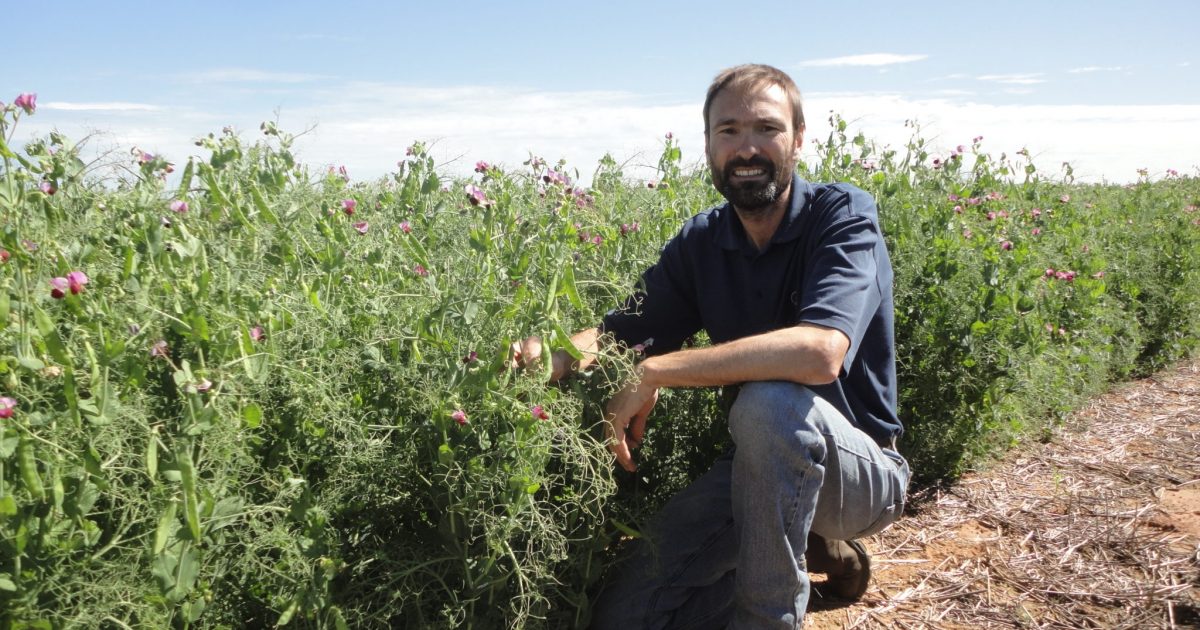Solid prices and strong agronomic management packages are enticing grain growers to consider legumes as a break crop in the Western Australian Grainbelt.

Department of Primary Industries and Regional Development research officer Martin Harries told the Grains Industry Association of WA’s recent Seeding Success forum legumes presented a viable alternative for growers seeking to give paddocks a break from wheat and canola cropping.
Mr Harries said the break-even yields for legumes were low, presenting growers with a good alternative to lower paddock disease risk and reap the benefit of nitrogen fixing.
“At current prices, the breakeven point for lentils is around 0.6 tonnes per hectare, chickpeas 0.4 tonnes per hectare and lupins 0.8 tonnes per hectare,” he said.
Legume plantings across the Grainbelt were set to increase in 2017, driven by high prices, however, the poor start ended up restricting many cropping programs.
“Those crops that did establish well achieved good yields, with many broadleaf crops able to make the most of the mild spring conditions,” Mr Harries said.
“In department trials lupins yielded more than 2.5 tonnes per hectare ha at Eradu, chickpeas over 1.2 t/ha at Mingenew and lentils over 2.0 t/ha in the mallee area north of Esperance.”
Mr Harries said agronomic advances had also improved legume management and subsequent crop yield potential.
“Department trials have shown the newer varieties of chickpeas have good resistance to the fungal disease ascochyta blight, which has restricted crop potential of older varieties in previous years,” he said.
“Older varieties lost up to 70 per cent of yield when the disease was introduced early, whereas Striker managed with a two fungicide spray strategy, which resulted in very little yield loss to ascochyta.
“Another advance in the past couple of years has been the release of new varieties of lupins, field peas, faba beans and lentils, which all offer improved agronomy and reduce production risk.”
Mr Harries said growers interested in sowing legumes in 2018 should consider sourcing seed soon, as supplies for some varieties were limited.
“Growers planning to include legumes in their rotation in 2018 would be wise to lock in seed as soon as possible,” he said.
The department’s legume trials have been conducted with the support of the Grains Research and Development Corporation and germplasm provided by Pulse Breeding Australia.
For more information about the department’s legume research visit agric.wa.gov.au and search for ‘western australian pulse industry’.


